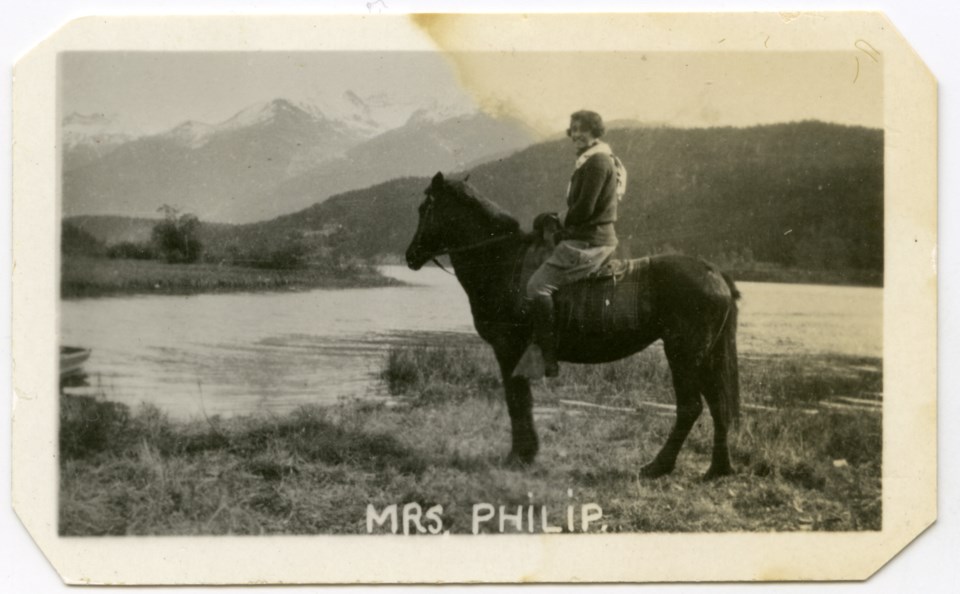Long before the Whistler Museum and Archives Society (WMAS) was officially founded in 1987—when it was just a few shelves tucked away in the basement of the Whistler Public Library inside Municipal Hall—the idea of preserving the valley’s history was already taking root. Even then, the vision was clear: to safeguard and share the stories of the people who helped shape this community, and to make sure they would not be forgotten.
That vision was driven by a promise. Florence Petersen, the founder of WMAS, made a personal commitment to Myrtle Philip, who alongside her husband Alex, opened Rainbow Lodge in 1914 and brought the first wave of tourism to the Alta Lake and Whistler area. That promise was simple yet profound: to ensure Whistler’s history and the lives and experiences of its residents would not be forgotten.
By the late 1970s and early 1980s, efforts to collect oral histories, photographs, and films documenting life in the valley were already underway. The first items added to the museum’s archival collection reflect this early work, including 1,700 images related to Myrtle and Alex Philip and Rainbow Lodge, spanning from 1895 to 1986. These mostly black-and-white photographs, along with various 16mm films, capture a transformative period in the valley’s history, showcasing the growth of the Alta Lake community and the broader evolution of Whistler as a tourist destination.
Preserving these materials is a responsibility we take seriously. Following Canadian Conservation Institute (CCI) standards, we handle photographs using cotton gloves and store them in acid-free, archival-safe sleeves. These simple yet essential steps ensure these fragile items remain in good shape for future generations.
Of course, preservation is only part of the job. Sharing Whistler’s history with the public, without risking damage to delicate originals, means creating digital copies of these items. Over the years, we’ve steadily expanded our capacity to digitize our collection. Today, we can convert a wide variety of media, including 16mm and 8mm film reels, colour slides, photographic prints, VHS tapes, Hi8, and DVCam formats.
Digitization is carried out using lossless formats like TIFF (Tag Image File Format), which preserve every pixel of the original image. A single high-resolution TIFF can be as large as 150 MB—about the size of 14 JPEGs on a modern smartphone. Unlike JPEGs, which compress data and average out similar pixels (sometimes causing those “blocky” images you see when streaming video on a slow internet connection), TIFF files retain the full fidelity of the original image.
Once digitized, we render to more manageable JPEG versions for everyday use, including social media, educational materials, and exhibits. These smaller files are easier to handle and help us tell Whistler’s story more widely and effectively.
To ensure the safety of our digital archives, we back up all high-resolution files to offsite servers and secure long-term storage systems, including LTO (Linear Tape-Open) tapes, which provide up to 30 years of reliable “cold” storage of these digital items.
WMAS is proud to be able to continue Florence’s promise and Myrtle’s legacy. Every photo we scan, every film we digitize, and every story we preserve is another piece of Whistler’s remarkable history saved—not just for today, but for generations to come.
WMAS will host a film screening on Wednesday, June 18, at the Point Artist-Run Centre, featuring archival films shot around the Alta Lake community, including 16mm films from the Philip collection. This screening will offer a fascinating look at films from the Whistler Museum’s archives, shown right on the shores of Alta Lake. More information about this event can be found on the Museum website: whistlermuseum.org.




